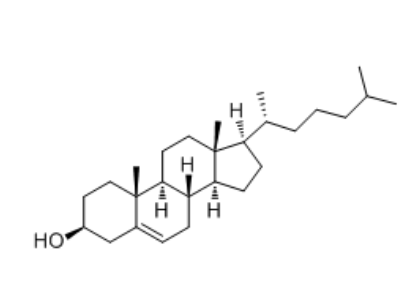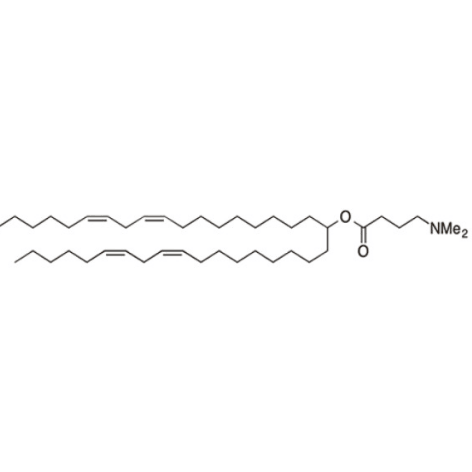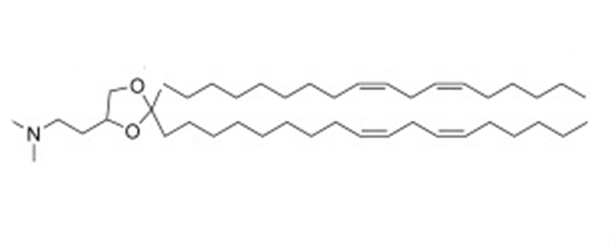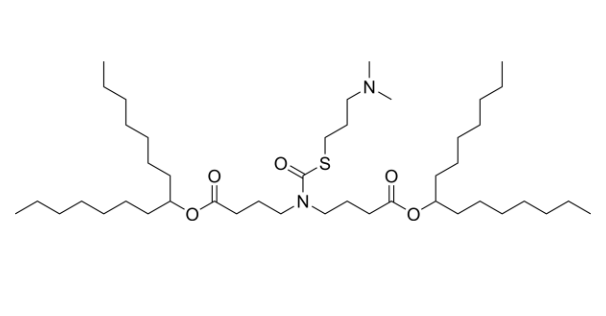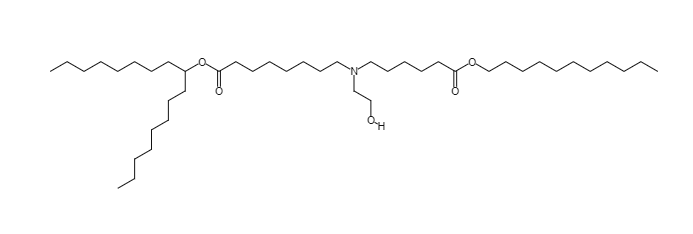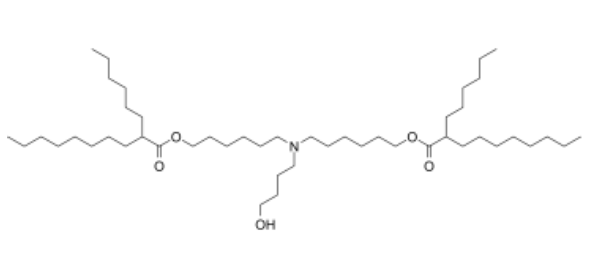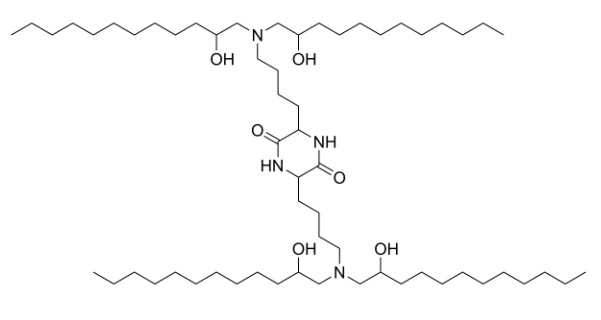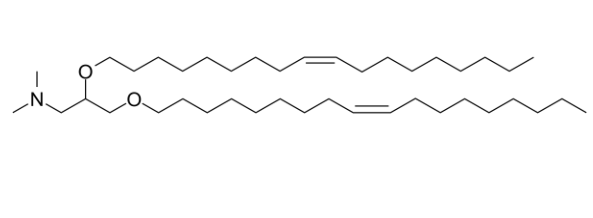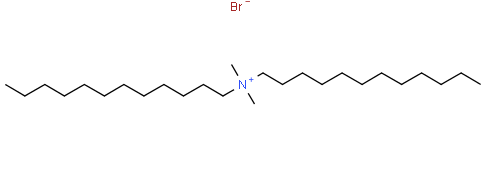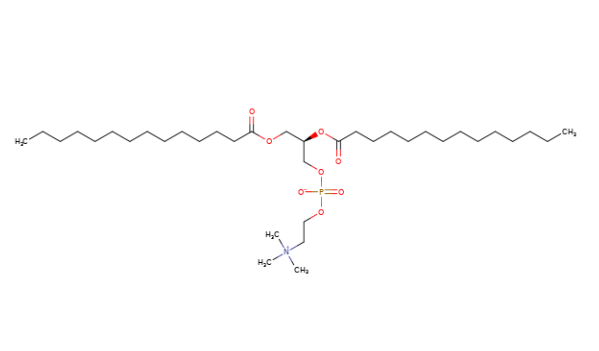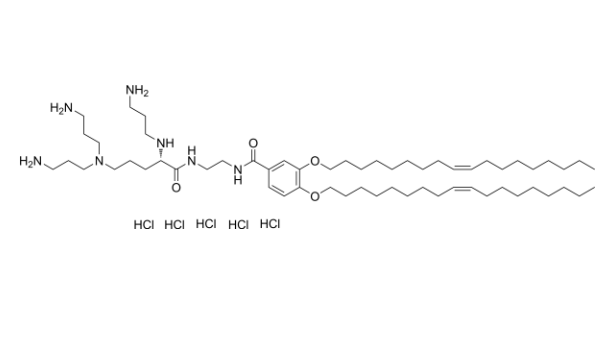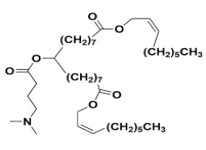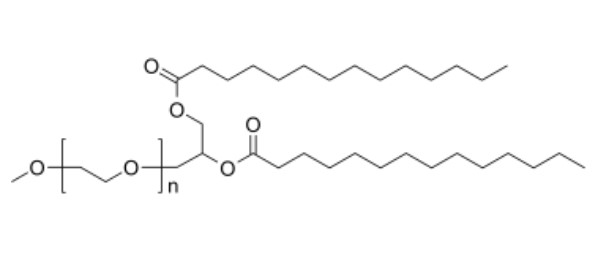You have no items in your shopping cart.
Understanding Lipid Nanoparticles
Lipid nanoparticles represent a revolutionary class of drug delivery systems, designed to transport therapeutic payloads with precision and efficiency. At the core of these nanoparticles lies a carefully selected ensemble of lipids. Lipids are amphiphilic molecules that contain three domains: a polar head group, a hydrophobic tail region and a linker between the two domains. This lipids form the versatile structures that encapsulate and shield payloads, providing protection against the challenging biological environment. The unique composition of these lipids not only facilitates controlled release and targeted delivery but also enhances biocompatibility, making lipid nanoparticles a pioneering force in modern medicine.
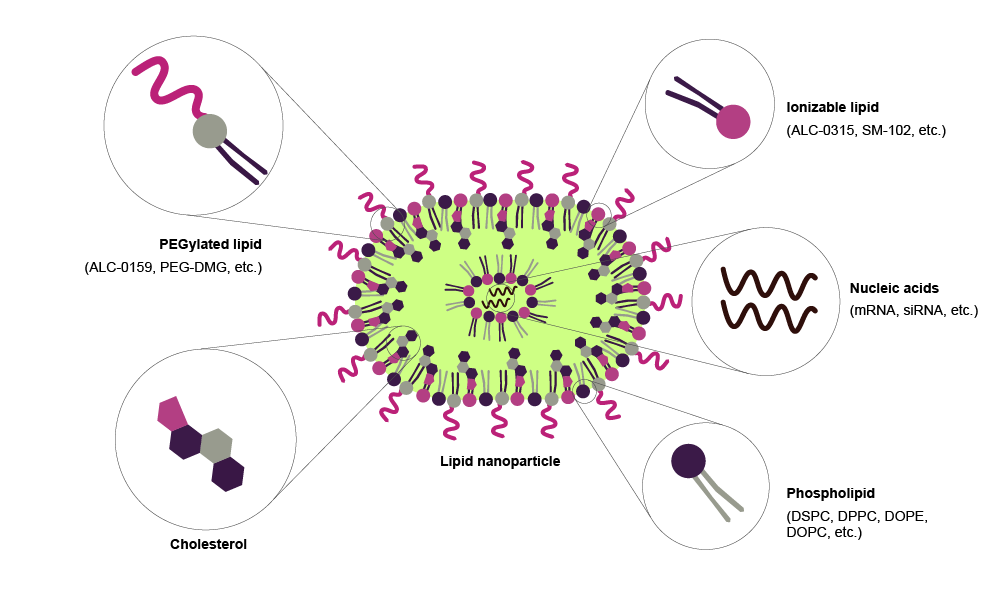
If you have a question about lipid nanoparticles, please get in touch
Components of Lipid Nanoparticles
Cholesterol
- Cholesterol ensures membrane stability and fluidity. Its inclusion is ideal for applications requiring extended circulation time and enhanced structural integrity. The molecular geometry of cholesterol derivatives can further affect delivery efficacy and biodistribution of lipid nanoparticles.
Phospholipids
- Phosphatidylcholine provides the amphiphilic nature necessary for the formation of lipid bilayers in nanoparticles. These lipids contribute to the stability and biocompatibility of the formulation.
- DOPE is a phospholipid emulsifier used to facilitate DNA-liposome complex transport across membranes. It is used in combination with cationic phospholipids to increase efficiency during DNA transfection studies as a non-viral method of gene delivery.
- 1,2-DSPC is used to synthesize liposomes, and is the lipid component in the lipid nanoparticle (LNP) system similar to DMPC. They are also used for studying lipid monolayers and bilayers.
Ionizable/ Cationic Lipids
Ionizable lipids are protonated at low pH, which makes them positively charged, but they remain neutral at physiological pH. The pH-sensitivity of ionizable lipids is beneficial for mRNA delivery in vivo, because neutral lipids have less interactions with the anionic membranes of blood cells and, thus, improve the biocompatibility of lipid nanoparticles. On the other hand, cationic lipids carry a positive charge which is essential for nucleic acid delivery, enhancing the interaction with negatively charged genetic material.
- DOTAP is an iconic biodegradable cationic lipid which is actually an analogue of DOTMA. It is widely acclaimed in gene therapy applications for its role in achieving high transfection efficiency. This lipid cornerstone forms an essential part of the genetic medicine repertoire, ensuring successful transfection in a variety of contexts.
- DLin-MC3-DMA with its pH-responsive characteristics, DLin-MC3-DMA takes center stage in mRNA-based therapeutics, allowing for controlled intracellular release and precise drug delivery. It was a key delivery component of Onpattro, the first United States Food and Drug Administration (FDA)-approved siRNA drug.
- ATX-100 characteristics enhance drug bioavailability, making it an indispensable component for applications demanding efficient encapsulation and release within target cells.
- SM-102 and its analogues is an ionizable amino lipid that has been used in combination with other lipids in the formation of lipid nanoparticles. Formulations containing SM-102 have been used in the development of lipid nanoparticles for delivery of mRNA-based vaccines.
PEGylated Lipids
PEGylated lipids, often incorporated into the outer layer of lipid nanoparticles, contribute to improved stability, prolonged circulation time, and reduced recognition by the immune system (reduces clearance mediated by the kidneys and the mononuclear phagocyte system.
- ALC-0159 is a PEGylated lipid. Formulations containing ALC-0159 have been used in the development of lipid nanoparticles (LNPs) for the delivery of mRNA-based vaccines.
- ALC-0315 renders nanoparticles stealthy, prolonging systemic exposure, and reducing immunogenicity. Its applications extend to scenarios demanding prolonged circulation and minimized immune responses, making it an invaluable asset in diverse therapeutic landscapes.
- PEG-lipids can be used to conjugate specific ligands to the particle for targeted delivery. The extent of these effects depend on the proportions and properties of the PEG-lipids (DMG-PEG2000, PEG2000-C-DMG, PEG2000-DSPE, DSPE-PEG2000-MAL.)
Other Lipids
- Both DDAB and DODMA are cationic lipids that plays a crucial role in the realm of drug delivery. DODMA is often employed in gene delivery applications, facilitating the transportation of therapeutic genes into target cells.
- MVL5 and L319 are lipids with applications in drug delivery and biotechnology, plays a role in shaping the structure and properties of lipid nanoparticles. Its composition and characteristics make it a part of liposomal formulations designed to encapsulate and protect therapeutic agents.
- C12-200 is a lipid with a distinct chain length and structure, offering specific properties that can be tailored for various applications. Its amphiphilic nature allows C12-200 to participate in the formation of lipid nanoparticles.
Functions and Applications
Vaccine Development: In the era of pandemics, lipid nanoparticles have emerged as critical components in mRNA vaccine formulations, exemplified by the success of COVID-19 vaccines. These nanoparticles facilitate efficient cellular uptake, ensuring the translation of viral antigens and prompting robust immune responses.
mRNA Therapeutics: The versatility of lipid nanoparticles makes them invaluable in the realm of mRNA-based therapeutics. These nanoparticles enable targeted and controlled delivery of genetic material, holding promise for the treatment of various diseases, including cancer. Our commitment to advancing mRNA therapeutics extends to collaborative efforts with researchers and pharmaceutical companies to push the boundaries of precision medicine.
Gene Delivery: Lipid nanoparticles play a pivotal role in enhancing the efficiency of gene delivery, opening up new frontiers in gene editing and personalized medicine. Their ability to encapsulate and protect genetic material makes them indispensable.
Drug Delivery: Tailored lipid nanoparticles offer a sophisticated platform for precise drug delivery. These nanoparticles enhance drug bioavailability, minimize side effects, and open avenues for developing novel therapies with improved therapeutic outcomes.
Explore our top 20 Lipids
Lipid Name | Catalog # | CAS Number | Molecular Structure |
|---|---|---|---|
orb1310316 | 57-88-5 |
| |
orb507413 | 1224606-06-7 |
| |
orb1308377 | 1190197-97-7 |
| |
orb1146694 | 2230647-37-5 |
| |
orb1298110 | 2089251-47-6 |
| |
orb1818985 | 2036272-55-4 |
| |
orb1983246 | 1432494-65-9 |
| |
orb1473147 | 4004-05-1 |
| |
orb783555 | 132172-61-3 |
| |
orb1473095 | 104162-48-3 |
| |
orb1089400 | 127512-29-2 |
| |
orb572878 | 871258-12-7 |
| |
orb1089413 | 104162-47-2 |
| |
orb1568381 | 3700-67-2 |
| |
orb1089419 | 18194-24-6 |
| |
orb757599 | 464926-03-2 |
| |
orb1089401 | 1351586-50-9 |
| |
orb1146680 | 1220890-25-4 |
| |
orb757559 | 1849616-42-7 |
| |
orb757605 | 160743-62-4 |
| |
orb1089410 | 816-94-4 |
|


